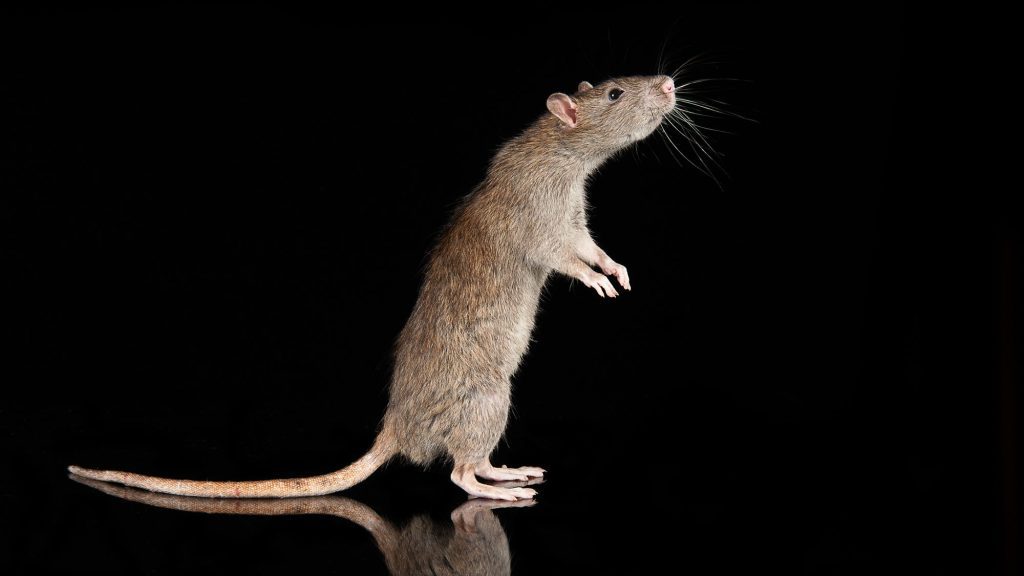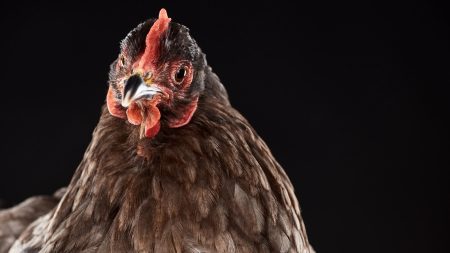At ancient sites all over the world, a specific group of bones is often ignored: bones of small animals. Rats have coexisted with humans for thousands of years, leaving behind their small skeletons throughout history. Few researchers have studied these small pieces of the past, choosing to focus on other discoveries instead. charismatic However, a recent study delves into the details of rat bones found at settlement sites and recovered from shipwrecks in eastern North America. It reveals proof that a highly invasive rat species arrived much earlier than previously assumed and swiftly dominated another species to establish colonies in U.S. and Canadian cities.
“We’re never going to completely exterminate rats. They’re always going to be in and outside of cities, so we better do everything we can to understand them.”
In the new paperThe findings, released on April 3 in the journal Science Advances, were the result of an analysis conducted by a team of biomolecular archaeologists, zooarchaeologists, and other scientists who studied remains from over 300 rodents found at 32 locations along the Eastern and Gulf coasts of the U.S. and the Maritime and St. Laurence regions of Canada. These sites, spanning from 1559 to the early 1900s, include early ports, settlements, and seven shipwrecks that were explored through damming, dredging, and diving.
“Very little research has been done regarding historical rats,” states the main author of the study, a biomolecular archaeologist at Trent University. Due to this lack of information, the research team made several surprising discoveries about the different types of rats that existed throughout history. This study could enhance our scientific understanding of one of the greatest pests in history. Eric Guiry“The data is a very interesting mix,” asserts
Rat fight
56 known species , but two are more widespread than the others: the black rat (Rattus rattus) and the brown rat or Norway rat (Rattus norvegicus)—originally from different parts of Asia and now considered invasive globally. According to historical records, it has long been known that black rats were the first to arrive in North America, hitching a ride on the ships of Columbus and other European colonists to the Caribbean in the 15th Century, and then spreading from there. Brown rats made their appearance in the Americas later, although the exact timeline has been unclear.Numerous historical accounts suggest that brown rats arrived around the time of U.S. independence in 1776, according to Guiry. However, the new research indicates that brown rats were in North America much earlier. It is challenging to accurately date brown rat remains at archaeological sites because the rodents burrow (in contrast to black rats, which climb), resulting in more recent rats infiltrating older sites. Furthermore, radiocarbon dating is not particularly accurate for dating brown rat remains at archaeological sites.
items younger than 300 years old . However, the shipwreck data clearly shows that brown rats were being transported across the Atlantic by 1760 at the latest. Research from land sites also suggests that the species became established in North America as early as 1731.After arriving, brown rats quickly took over the territory of black rats, becoming dominant in just a few decades, according to the study.
To differentiate between the historical remains of black and brown rats, the researchers utilized a molecular analysis procedure called ZooMS, which identifies different species based on the amino acid composition of collagen proteins within bone. They discovered that by the mid-1700s, black rats transitioned from being the sole or dominant species in site samples to being rare compared to their brown counterparts. Only five black rat specimens were found in samples after 1760, and only two samples out of 108 showed black rats occurring after 1800. In contrast, brown rat samples increased during the same time period. The findings strongly support anecdotal evidence that brown rats had become predominant, outcompeting black rats in most early North American coastal cities by the 1800s. Currently, brown rats make up the vast majority of rats in North American cities, with few exceptions.
The shipwreck data provides clear proof that brown rats were being carried across the Atlantic by 1760 at the latest. Numerous findings from the terrestrial sites further suggest the species established in North America as early as 1731.
Dietary variances
Brown rats are generally bigger and more aggressive than black rats, leading them to displace black rats in many parts of the world. However, this is not universally true, and local ecology also plays a role. In New Zealand, for example, black rats are the dominant species, according to Richardson. The reasons for the different outcomes in various locations are an “ecological mystery,” he adds.
In North America, Guiry and his colleagues suggested that differences in diet and competition for food might explain why brown rats quickly gained control of the territory. By using carbon and nitrogen isotope analysis, they created a rough picture of the diets of rats across their study sites and found variations by location and species.
In more northerly areas, the rat bones had lower delta-C-13 ratios, an isotope signature associated with consuming corn and other plants resistant to drought. In the mid-Atlantic and farther south, rat remains had relatively higher amounts of C on average, indicating a diet heavier in corn or warm-weather plants following human agricultural trends.
Between the two species, brown rat bones had a higher delta-N-15 ratio than black rats across sites, indicating that the brown rats consumed more animal protein than their smaller competitors. This difference in protein preference could be part of the reason why black rats failed to maintain their dominance. 13“It’s possible that where the two species overlapped, the animal protein in the black rats’ diet was involved,” Guiry suggests. Black rats appeared to consume less meat, eggs, and dairy overall, and when forced to compete with aggressive brown rats for those resources, they likely decreased their consumption even further. “That portion of their diet might have been especially important for reproductive success,” he adds. It's possible that in situations where they had to fight for their protein, black rats were simply less able to produce offspring.
Competition over nest space, human changes to the landscape, and even inter-species predation may have also played a role.
The brown rats' triumph was likely due to a variety of reasons. According to Guiry, competition for nesting space, changes to the environment made by humans, and even the hunting of other species may have contributed. Guiry suggests that more research and sample analysis is required to confirm this. Fortunately, the archaeological record contains many rat remains that have not yet been studied. Guiry and his colleagues are working to uncover what these rodent bones can reveal to us.
Rats in the past and present
Guiry states that archaeology offers a wealth of potential ecological information that is relevant to people today. It's not just about understanding past human actions, but also about providing insight for the present.
Richardson, who studies the movement of rats living alongside humans in cities, uses the new archaeological findings to gain a better understanding of the patterns he observes. He emphasizes the need for a historical baseline to comprehend current rat behaviors.
The history of rats is intertwined with that of human civilization. From food security to disease risks, rodents have played a significant role throughout history and continue to do so today. Richardson acknowledges that rats are unlikely to be completely eradicated and emphasizes the importance of making every effort to understand them properly.
Bones of rats gathered from ancient shipwrecks tell a tale of ecological competition and rapid triumph.
The story of rats is also the story of human civilization. From food security to disease risks, rodents play a big role in history and the modern day. “We’re never going to completely exterminate rats. They’re always going to be in and outside of cities,” says Richardson, “so we better do everything we can to understand them.”









